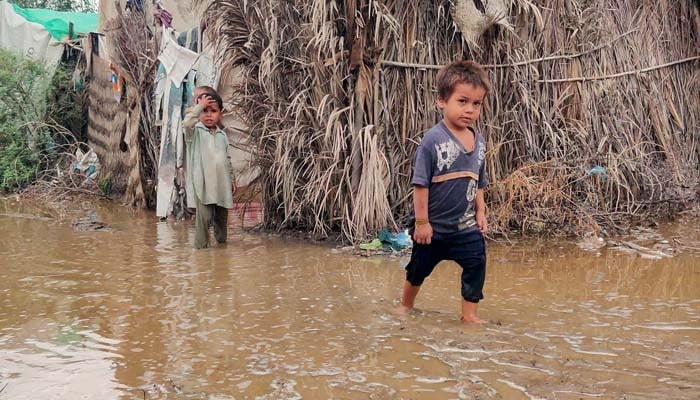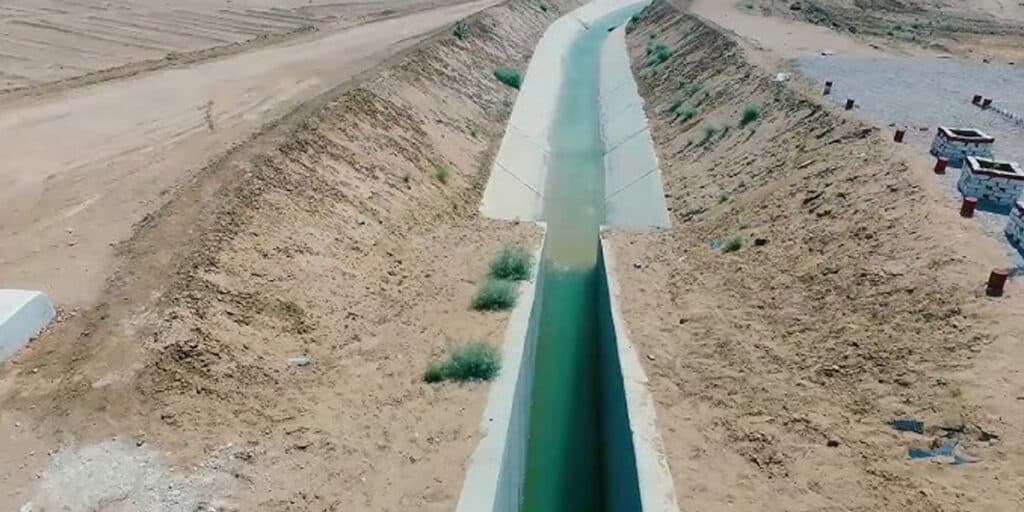ISLAMABAD: Pakistan’s Meteorological Department (PMD) has forecast pre-monsoon rains from Friday, warning of urban flooding and damage to infrastructure.
The warning follows years of extreme weather events, including heat waves and deadly floods.
Pakistan remains among the world’s ten most climate-vulnerable nations. Authorities in Punjab expect heavy rains and are increasing preparedness.
“Pre-monsoon rains will continue from June 20 to 23 with breaks,” the PMD said Thursday. Moist currents from the Bay of Bengal and the Arabian Sea are entering the upper and central areas. A westerly wave will also hit the upper regions on June 20.”
Dust storms, wind, thunder, and isolated heavy rain are expected in Kashmir, Gilgit-Baltistan, Punjab, and Khyber Pakhtunkhwa.
Cities likely to be affected include Islamabad, Rawalpindi, Lahore, Faisalabad, Peshawar, Mardan, Swat, Chitral, Abbottabad, and Waziristan.
From June 22 to 24, Sindh’s Sukkur, Larkana, Dadu, and Jacobabad will also face similar weather.
PMD warned that strong winds and rain may damage electric poles, trees, solar panels, and vehicles, especially in central and upper regions, including Islamabad.
It added that temperatures would ease and advised farmers to adjust agricultural plans accordingly.
Urban flooding risks are high in Lahore, Gujranwala, and Islamabad-Rawalpindi. Authorities have urged citizens and tourists to remain alert.
In Punjab, the Provincial Disaster Management Authority (PDMA) said the province may receive 25% more rain than usual. Northeastern districts may face 40% to 60% above-normal rainfall.
“This demands proactive and coordinated response to prevent urban and riverine flooding,” PDMA said.
The provincial government has launched a campaign to educate the public through pamphlets on flood and rain hazards.
Pakistan’s 2022 floods killed over 1,700 people and displaced more than 33 million.
Also Read:Thousands in Balochistan regain sight through Saudi Arabia’s aid
Experts blamed climate change, as the floods caused over $35 billion in damages to homes, agriculture, and infrastructure.





